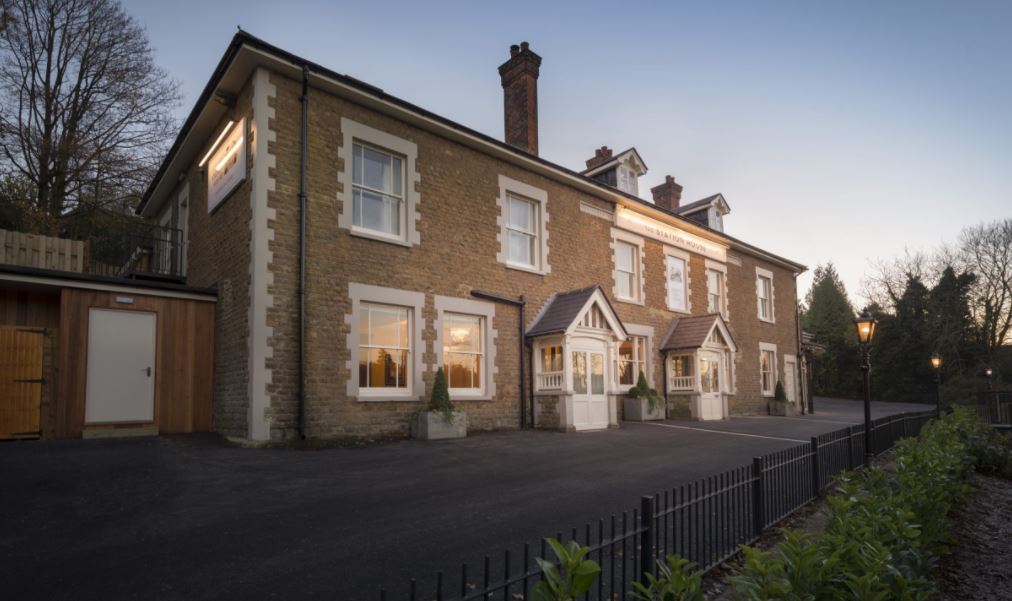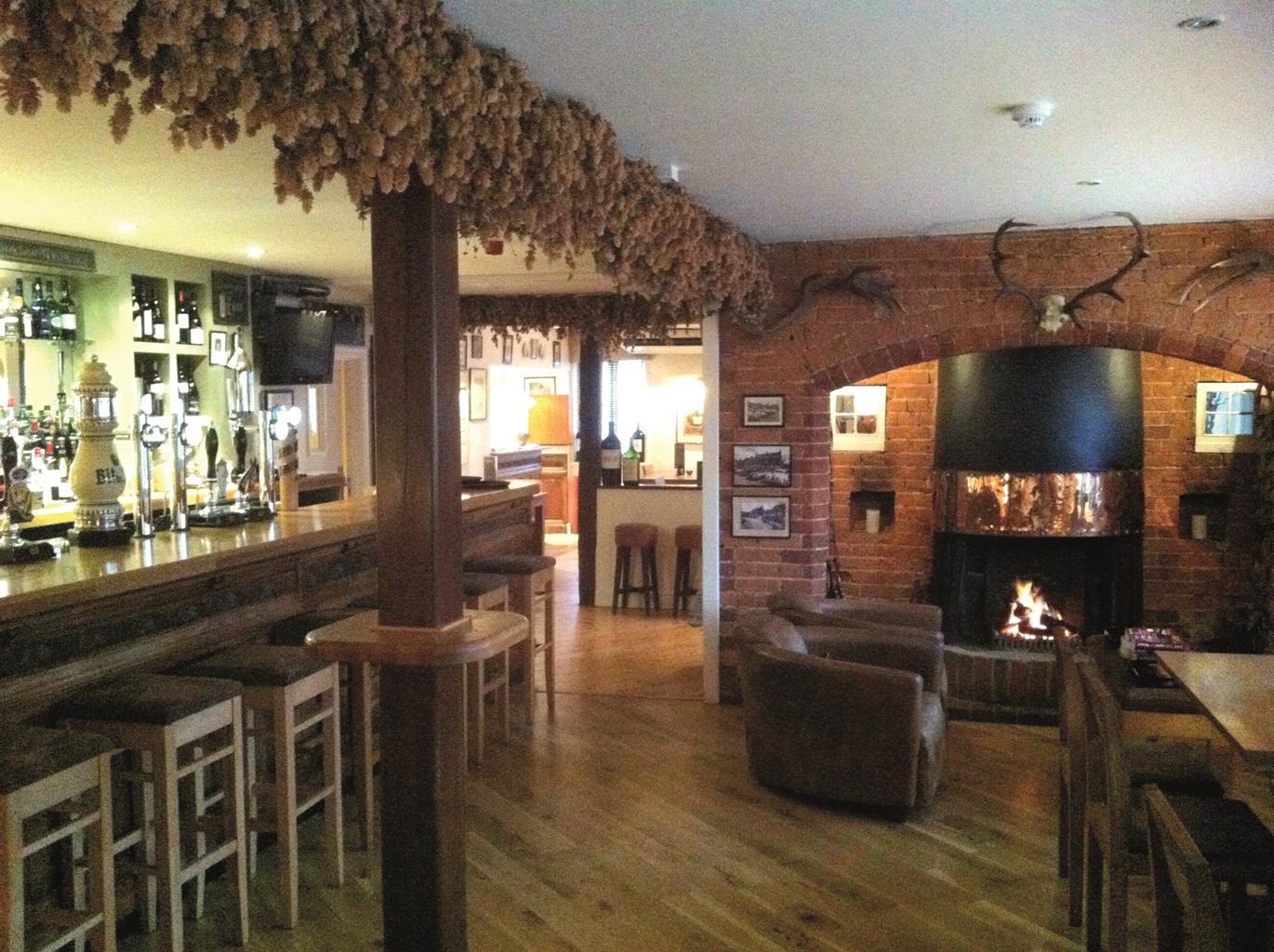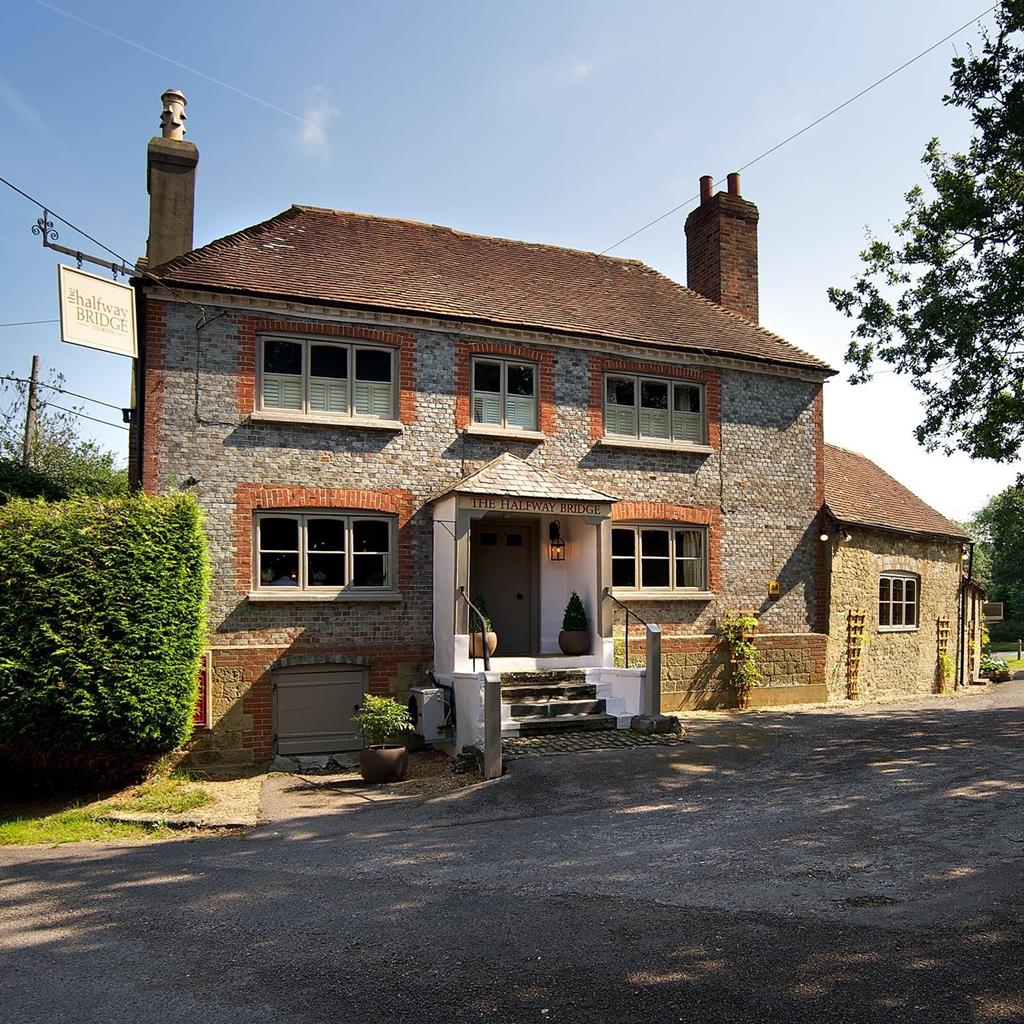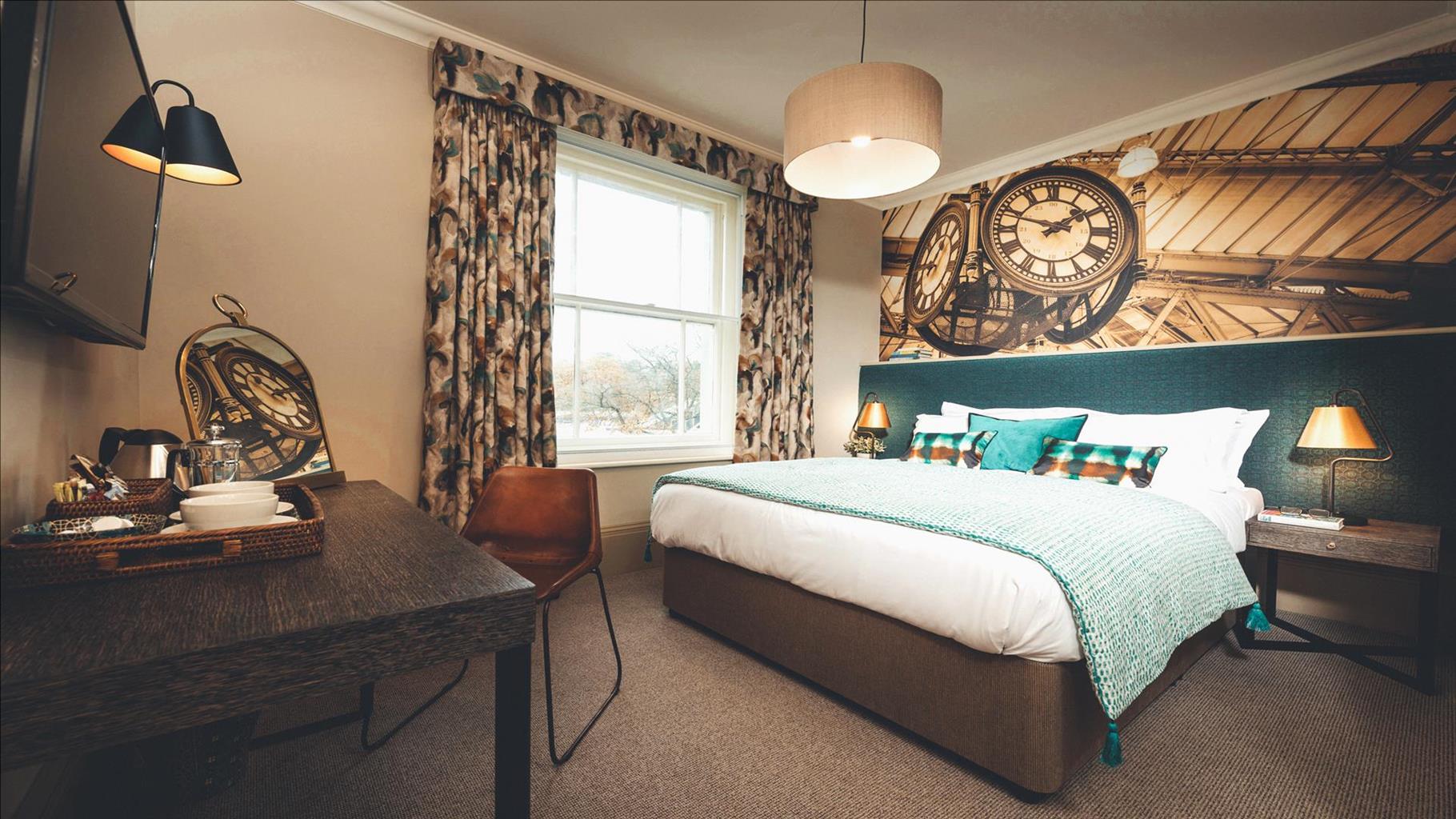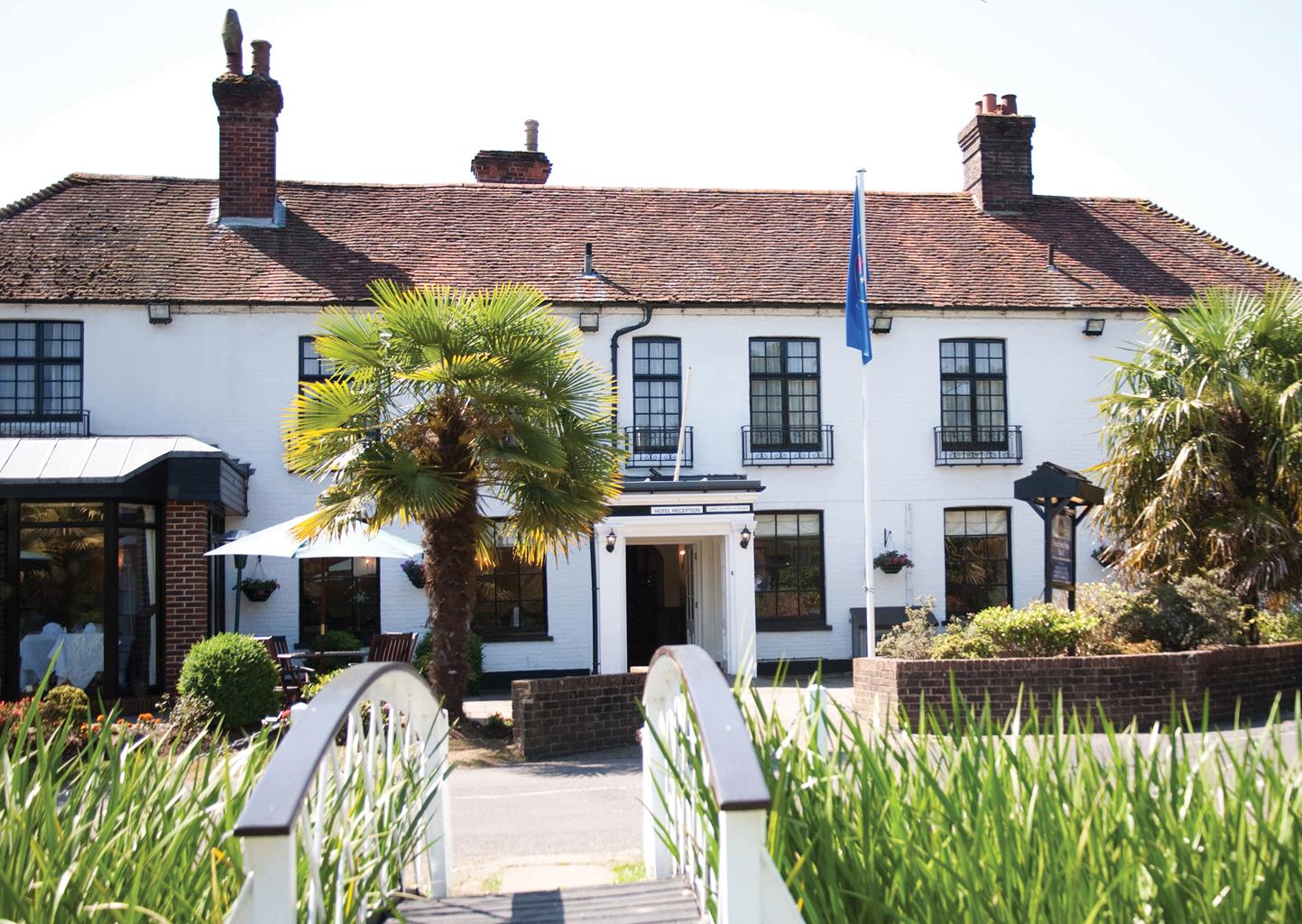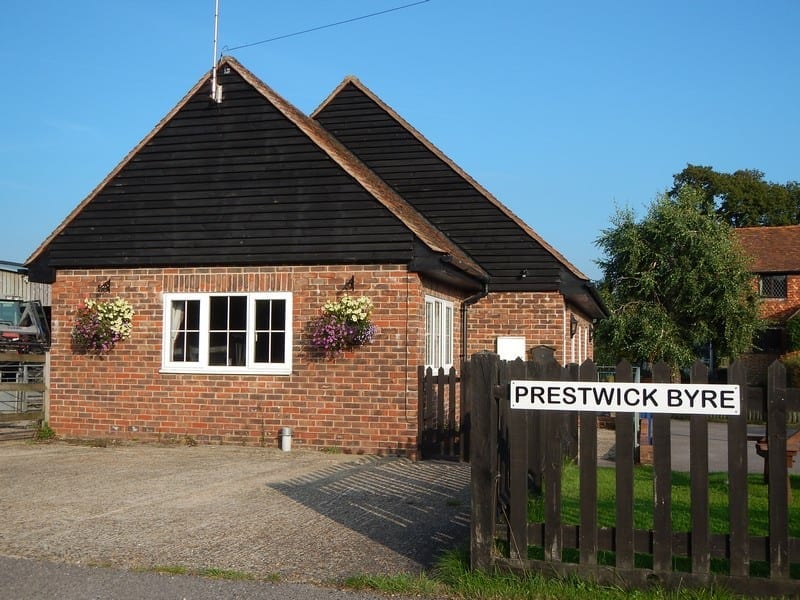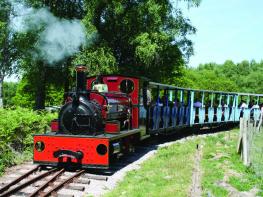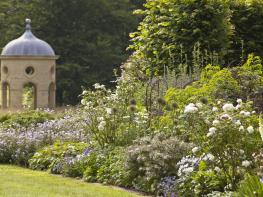Harper's Haslemere is part of a small family of laid-back steak houses, fired up by the big,…
Shulbrede Priory and commons

Walk through beautiful scenery with coppiced woods, common heath and a Golden Valley, to pass a moated priory.
2.75 miles (4.4kms)
About the walk
Lynchmere (also spelt Linchmere) and the Golden Valley, through which this walk passes, have some gorgeous scenery. At the northern border of Sussex, the area feels more like parts of Surrey in its intimate, heavily wooded and secluded nature. The walk passes through areas of coppiced sweet chestnut and across an attractive common that is being actively managed by the Lynchmere Society through scrub and bracken clearance, cattle grazing and hazel coppicing.
Sussex seems unusually rich in the remnants of small abbeys and priories, and Lynchmere has a fine example. From the road, Shulbrede Priory looks like a fairly normal 16th- or 17th-century stone house, but it is in fact part of the medieval prior’s lodging and of the canon’s refectory or dining hall, and mainly dates to the 13th century. Within the courtyard formerly the cloisters is an elegant arcade with trefoil arches that was part of the lavatorium, the canon’s washhouse.
Founded as an Augustinian priory in about 1190 by Ralph de Arderne and originally named Woolynchmere Priory, it had an aisled church of some scale, being 140ft (43m) long with a central crossing tower. The priory sits within a moat, which can be seen from the road. When the priory was converted to an Elizabethan house, a medieval partition inserted in the hall above the undercroft was painted with figures of birds and animals depicting the Nativity, with ladies in Tudor costume and even a building that probably represents the priory. In the 17th century the arms of James I were added.
From the outside, St Peter’s Church at Lynchmere looks a church typical of these sandstone hills. However, a little 13th-century belfry tower was added to a Norman nave, and when you go inside you see the round-headed Norman west doorway arch, now leading into a vestry. Next to this are the supports for the east wall of the tower, an arcade of three mid-13th-century arches carried on very tall slender columns. It is as if the belfry, of the dimensions of the more usual timber one, has been petrified and the supporting posts also transformed into stone. This unexpected sight gives the little church a surprisingly monumental interior.
Walk directions
Pass to the left of the Lynchmere Society notice board by the lane onto the footpath across the wooded common. Immediately go through a kissing gate, follow the Serpent’s Trail symbol to bear half left across the wooded common to another kissing gate (‘end of access land’ sign), and follow a path between fences. At the end bear right along a lane, leaving it at a cattle grid to continue ahead down the grassy slope to skirt to the right of Danley Farm.
Cross a driveway and go forward along the field-edge to a kissing gate on the edge of the wood. Through this follow the footpath posts left, then right, climbing, and bear left at a four-way junction to walk within the edge of the woods, beside a valley with Danley Farm at its head. The path then enters the woods, mostly oak, ash, ilex and sweet chestnut coppicing. Shortly the path bears left through a bridle gate and you continue ahead to the valley floor.
At a footpath post ignore a gate into a field and bear right, still within the woodland edge. Where the field away to the left ends, turn right downhill, then left at a signpost and soon past a pond on your left, and cross a footbridge to continue ahead past a field to reach a lane. Bear right along the lane and where the lane bears left continue ahead, to the right of Corner Cottage. Continue ahead on a track, at first on the edge of woods, then within.
At paddocks go left through a gate at the end of the first paddock and before reaching Newlands Cottage. Almost immediately go over a wooden ‘Baldwin Bridge’ and through two gates, then down the inside edge of woodland. The path turns right at the bottom, through the fir plantation. At a path junction bear left and at the crest keep left at the next signpost.
Turn left along a lane and pass the entrance to Shulbrede Priory on your right. Continue uphill, then down to a bridge. Cross the bridge and almost immediately bear half right on an unmarked footpath into the woods. At a drive cross over and continue up a woodland track, soon passing to the left of a garage. Now on a path within woods climb to the crest and continue, a silver birch copse on your right. At a footpath junction bear left and climb towards the road.
Just before the road go right and climb steeply. Levelling out, go left at a junction where a field appears ahead, then left again through a gate, and skirt a cricket ground. Continue to the road and bear left to visit Lynchmere church. Then retrace your steps and continue ahead to end the walk at the common.
Additional information
Woodland paths and tracks, field paths and tracks, some lanes
Intimate and deep winding valleys, coppiced woodland and heathland
On a lead through Newland Cottage's horse paddocks and along lanes; on Lynchmere Common there could be a few Shetland cattle grazing
OS Explorer OL33 Haslemere & Petersfield
Along the lane through Lynchmere Common either side of the Lynchmere Society information board
None on route
WALKING IN SAFETY
Read our tips to look after yourself and the environment when following this walk.
Find out more
Also in the area
About the area
Discover West Sussex
Divided from East Sussex back in 1888, West Sussex is so typically English that to walk through its landscape will feel like a walk through the whole country. Within its boundaries lies a wide variety of landscape and coastal scenery, but it is the spacious and open South Downs with which the county is most closely associated.
In terms of walking, you’ll be spoilt for choice. Studying the map reveals a multitude of routes – many of them to be found within the boundaries of the South Downs National Park – and an assortment of scenic long-distance trails leading towards distant horizons; all of them offer a perfect way to get to the heart of ‘Sussex by the sea,’ as it has long been known. If you enjoy cycling with the salty tang of the sea for company, try the ride between Chichester and West Wittering. You can vary the return journey by taking the Itchenor ferry to Bosham.
West Sussex is renowned for its many pretty towns, of course. Notably, there is Arundel, littered with period buildings and dominated by the castle, the family home of the Duke of Norfolk, that dates back nearly 1,000 years.
Nearby stays
Restaurants and Pubs
Nearby experiences
Recommended things to do
Why choose Rated Trips?
Your trusted guide to rated places across the UK
The best coverage
Discover more than 15,000 professionally rated places to stay, eat and visit from across the UK and Ireland.
Quality assured
Choose a place to stay safe in the knowledge that it has been expertly assessed by trained assessors.
Plan your next trip
Search by location or the type of place you're visiting to find your next ideal holiday experience.
Travel inspiration
Read our articles, city guides and recommended things to do for inspiration. We're here to help you explore the UK.

